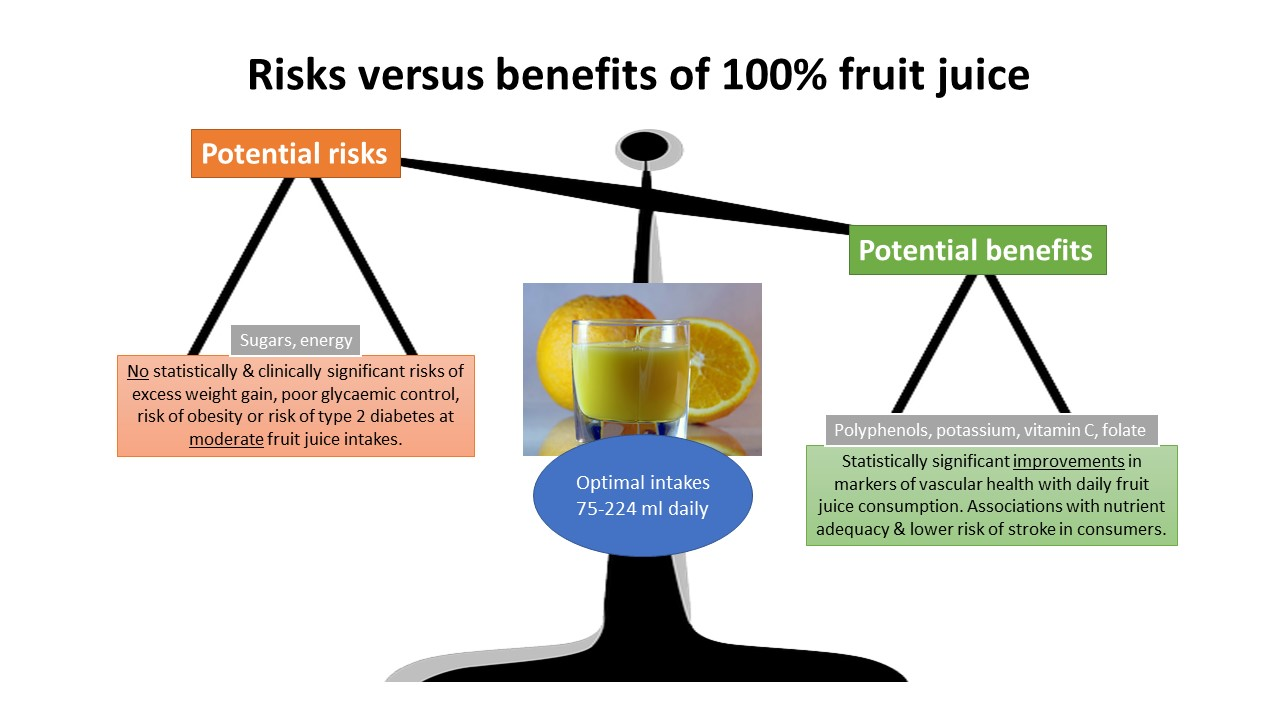Upon being asked to classify food types based on health concerns, we instantly begin classifying meals as either GOOD or BAD. However, what if I were to argue that the food itself is not just good or terrible, but rather that what matters is how it is used? For instance, in the post-competition phase, a chocolate bar or candy bar (simple carbs) is typically recommended for marathoners or long-distance runners who require immediate energy to fuel their bodies and maintain for extended periods of time.
However, the same simple carbohydrate is not recommended when your body is not active and you have not engaged in intense physical activity for an extended period of time. This is because it can quickly raise your blood sugar levels and cause a number of other conditions, such as diabetes, insulin resistance, metabolic syndrome, hyperlipidemia, and overweight and obesity.
Then is it similar with fruits? The answer is a big YES
The natural sugars found in fruits are fructose, glucose, and sucrose. However because they contain fiber in them, it digests more slowly, resulting in more stable blood glucose levels. Whole fruit is generally the better choice for most people, but juice has a place when consumed in moderation—preferably fresh, unprocessed, and with pulp for fiber. According to the 2020–2025 Dietary Guidelines for Americans, Fruit juice can replace up to half of the daily required fruit intake. In contrast, Fruit juice is discouraged and categorized as a sweet beverage in other nations, such the Netherlands. But here's a fact Fruit juice does offers a wide variety of plant bioactive substances. This does not imply that high Fruit Juices intakes should be promoted. Additionally, when fruit juices is consumed with meals rather than on an empty stomach or later as a solo beverage, Fruit Juices are linked to a decreased risk of CVD and enhanced vascular function. Here are some research-based facts:
Moderated Glycemic Response:
When fruit juice is consumed with a meal, the presence of proteins, fats, and fiber (from other foods) can slow the absorption of sugars. This helps reduce rapid spikes in blood sugar levels that might occur if the juice were consumed alone.
Enhanced Satiety and Nutrient Balance:
Incorporating fruit juice into a meal ensures that it complements a balanced intake of nutrients. This can help prevent overconsumption of calories and sugars while providing vitamins and antioxidants.
SSBs (sugar-sweetened drinks) do not have these positive effects since, in contrast to Fruit Juices, they are associated with weight gain, an increased risk of obesity, and the onset of type 2 diabetes.
Should you pick up those "100% Fruit juice" from the market?
"100% fruit juice" is not a suitable label for reconstituted fruit juices, according to a directive from the Food Safety and Standards Authority of India (FSSAI). Reconstituted fruit juice marketing and sales rules have also been released by the FSSAI.
Fruit juice that is prepared entirely of fruit and has no added sugar, coloring, or preservatives is known as 100% fruit juice. Squeezing, pressing, or other techniques are used to remove it from fruit.
According to Indian dietary guidelines, adults should consume about 2 servings of fruit daily, which would be roughly 80-100 grams per serving. Fruit juices can be consumed in moderation, with a recommendation of no more than 150-200 ml per day with less or no sugar. These guidelines help balance the benefits of vitamins and antioxidants from fruits and juices while managing sugar intake—a particularly important consideration given the rising prevalence of diabetes and metabolic issues in the Indian population.
When Juice Might Be Beneficial:
1. Athletes needing quick carbs post-workout.
2. People with IBD or digestive issues who struggle with fiber.
3. Medical needs where solid foods are restricted.
Bottom Line
The Debate of fruits vs fruit juice is never ending. Whole fruits and fruit juices both have their place in a balanced diet, but choosing the right one depends on individual needs. Whole fruits are ideal when fiber is a priority, as they promote satiety, aid digestion, and help regulate blood sugar levels. They are the best choice for those looking to manage weight, improve gut health, and maintain steady energy levels. Whole fruits also require chewing, which encourages mindful eating and better portion control. On the other hand, fruit juices, especially 100% fruit juice, can be useful when quick hydration and nutrient intake are needed. They are a good option for those who have difficulty chewing, require a fast energy boost, or need a post-workout replenishment.
Do not Replace just Complement!!



Comments
Post a Comment